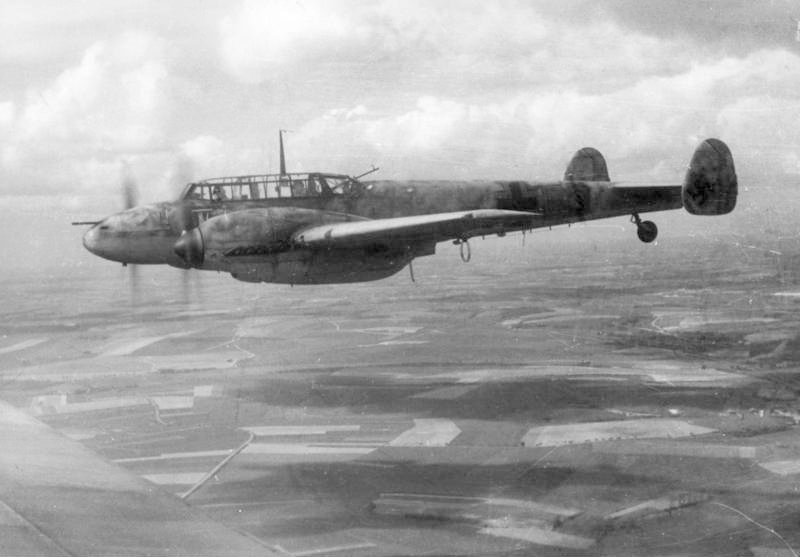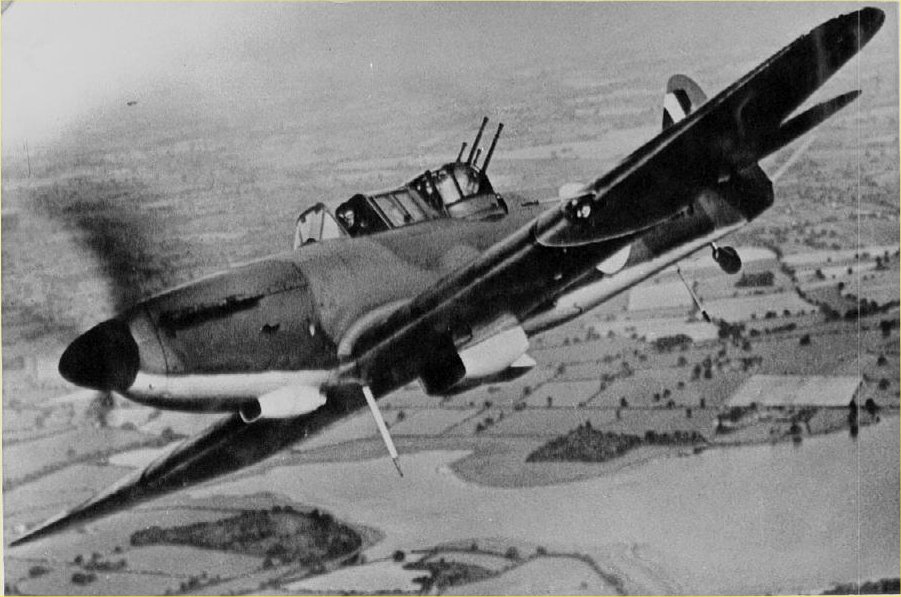
- For PC
- For MAC
- For Linux
- OS: Windows 10 (64 bit)
- Processor: Dual-Core 2.2 GHz
- Memory: 4GB
- Video Card: DirectX 11 level video card: AMD Radeon 77XX / NVIDIA GeForce GTX 660. The minimum supported resolution for the game is 720p.
- Network: Broadband Internet connection
- Hard Drive: 17 GB
- OS: Windows 10/11 (64 bit)
- Processor: Intel Core i5 or Ryzen 5 3600 and better
- Memory: 16 GB and more
- Video Card: DirectX 11 level video card or higher and drivers: Nvidia GeForce 1060 and higher, Radeon RX 570 and higher
- Network: Broadband Internet connection
- Hard Drive: 95 GB
- OS: Mac OS Big Sur 11.0 or newer
- Processor: Core i5, minimum 2.2GHz (Intel Xeon is not supported)
- Memory: 6 GB
- Video Card: Intel Iris Pro 5200 (Mac), or analog from AMD/Nvidia for Mac. Minimum supported resolution for the game is 720p with Metal support.
- Network: Broadband Internet connection
- Hard Drive: 17 GB
- OS: Mac OS Big Sur 11.0 or newer
- Processor: Core i7 (Intel Xeon is not supported)
- Memory: 8 GB
- Video Card: Radeon Vega II or higher with Metal support.
- Network: Broadband Internet connection
- Hard Drive: 95 GB
- OS: Most modern 64bit Linux distributions
- Processor: Dual-Core 2.4 GHz
- Memory: 4 GB
- Video Card: NVIDIA 660 with latest proprietary drivers (not older than 6 months) / similar AMD with latest proprietary drivers (not older than 6 months; the minimum supported resolution for the game is 720p) with Vulkan support.
- Network: Broadband Internet connection
- Hard Drive: 17 GB
- OS: Ubuntu 20.04 64bit
- Processor: Intel Core i7
- Memory: 16 GB
- Video Card: NVIDIA 1060 with latest proprietary drivers (not older than 6 months) / similar AMD (Radeon RX 570) with latest proprietary drivers (not older than 6 months) with Vulkan support.
- Network: Broadband Internet connection
- Hard Drive: 95 GB

 Despite valiant efforts by the British Expeditionary Force and the forces of France, Belgium and their allies, the German Wehrmacht had swept through western Europe in a series of lightning advances, utterly defeating all who stood in their path. The battered and wounded elements of the combined allied forces were forced to retreat, taking position near the French city of Dunkirk in late May 1940.
Despite valiant efforts by the British Expeditionary Force and the forces of France, Belgium and their allies, the German Wehrmacht had swept through western Europe in a series of lightning advances, utterly defeating all who stood in their path. The battered and wounded elements of the combined allied forces were forced to retreat, taking position near the French city of Dunkirk in late May 1940.
A full scale evacuation was planned. Under the plans of Operation Dynamo, the Royal Navy assembled every vessel available in home waters to recover the survivors of the British Expeditionary Force. The evacuation began in earnest on May 27th. Waves of German aircraft continually battered the allied forces, with bombers directly attacking forces on the beaches and harbor as well as carrying out attacks against British and allied shipping. Military vessels were supported by hundreds of smaller civilian boats and ships, from larger vessels all the way down to small skiffs and pleasure craft.
In the days following the evacuation, there were reports of survivors recalling their resentment towards the perceived lack of air cover, with the same quote - ‘Where is the RAF?’ – being questioned throughout the bombing. In actual fact without the efforts of the RAF and the Fleet Air Arm, the forces on the ground would have been hit even harder.
 Fighters of No.11 Group swept into action from their fields in southeast England, engaging the forces of the Luftwaffe in large numbers for the first time. Spearheaded by squadrons of Hawker Hurricanes but also seeing the first use of the Supermarine Spitfire in large numbers, British fighters clashed with Bf109s and Bf110s as they attempted to smash their way through to engage the deadly German bombers. Their numbers were bolstered by the less well known Boulton Paul Defiant, and the Royal Navy’s Blackburn Skua and Blackburn Roc fighters.
Fighters of No.11 Group swept into action from their fields in southeast England, engaging the forces of the Luftwaffe in large numbers for the first time. Spearheaded by squadrons of Hawker Hurricanes but also seeing the first use of the Supermarine Spitfire in large numbers, British fighters clashed with Bf109s and Bf110s as they attempted to smash their way through to engage the deadly German bombers. Their numbers were bolstered by the less well known Boulton Paul Defiant, and the Royal Navy’s Blackburn Skua and Blackburn Roc fighters.
Meanwhile, aircraft of RAF Bomber Command attacked the surrounding German ground forces in an attempt to delay their advances on the beachhead. Even trainee pilots who had only just achieved their first solo flight were sent across the channel in tiger Moth biplane trainers to drop off supplies to the battered ground forces.
 Sources vary regarding the losses sustained by both British and German air forces, but estimates are between 106 and 177 aircraft lost by the RAF and Fleet Air Arm, with the slightly heavier losses of up to 240 aircraft suffered by the Luftwaffe. However, the aim of the British fliers was to protect the ground and sea forces rather than inflict losses on the Luftwaffe and in this they achieved some success: the Royal Navy and allied shipping were able to evacuate nearly 200,000 British soldiers – every surviving British soldier was successfully taken off the harbor and beaches, as well as some 124,000 French, Polish and Belgian soldiers.
Sources vary regarding the losses sustained by both British and German air forces, but estimates are between 106 and 177 aircraft lost by the RAF and Fleet Air Arm, with the slightly heavier losses of up to 240 aircraft suffered by the Luftwaffe. However, the aim of the British fliers was to protect the ground and sea forces rather than inflict losses on the Luftwaffe and in this they achieved some success: the Royal Navy and allied shipping were able to evacuate nearly 200,000 British soldiers – every surviving British soldier was successfully taken off the harbor and beaches, as well as some 124,000 French, Polish and Belgian soldiers.
On June 3rd the signal was issued to the Admiralty that Operation Dynamo was a success. On Winston Churchill’s personal insistence, the fleet returned to Dunkirk to continue the evacuation, rescuing a further 26,000 French soldiers before the positions were overrun.
The Miracle of Dunkirk was celebrated as snatching a significant victory from the jaws of defeat. But whilst it is mainly remembered as a naval operation the air battle above the beach head was one of the first large scale aerial confrontations of the war.
Mark "wafu_vasco" Barber



